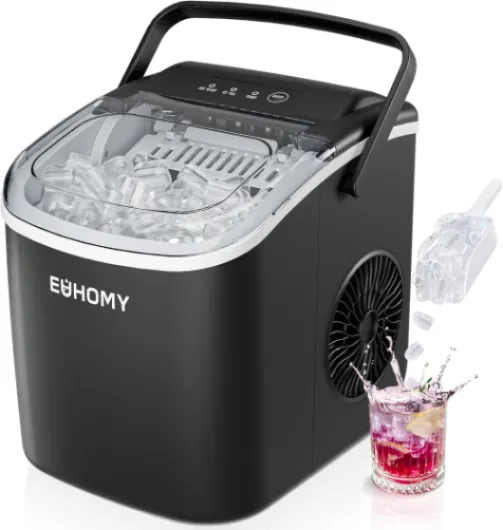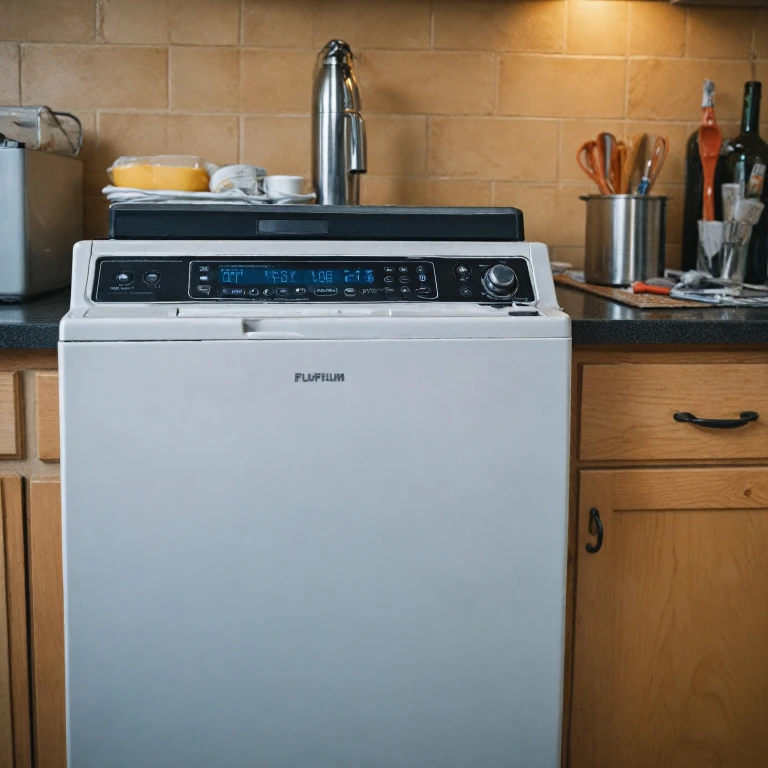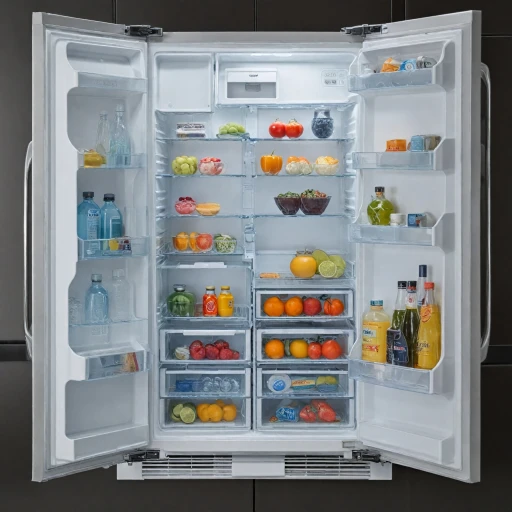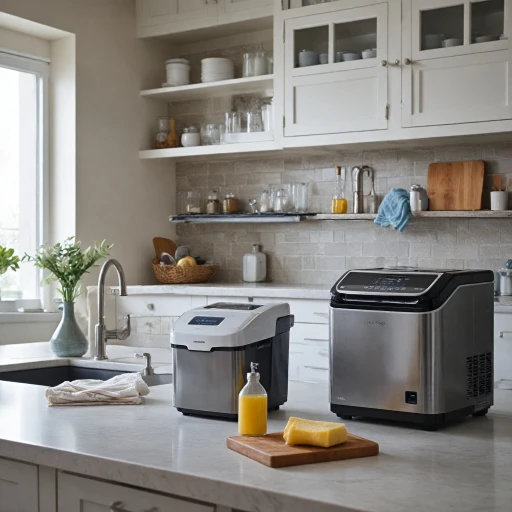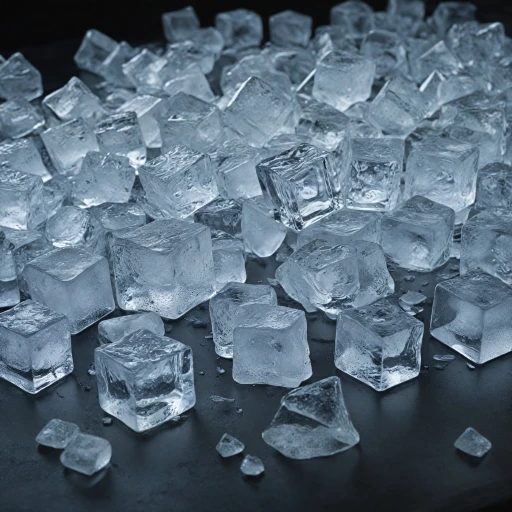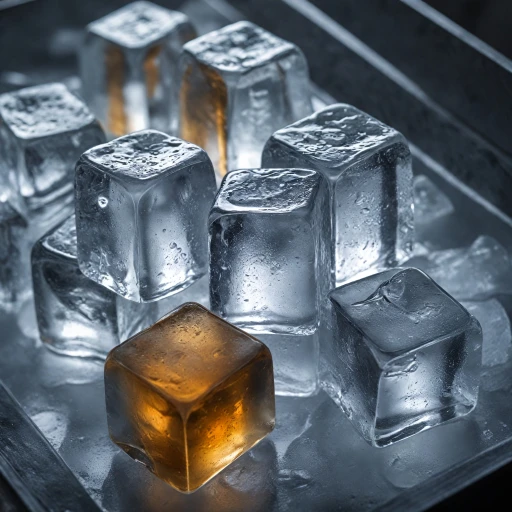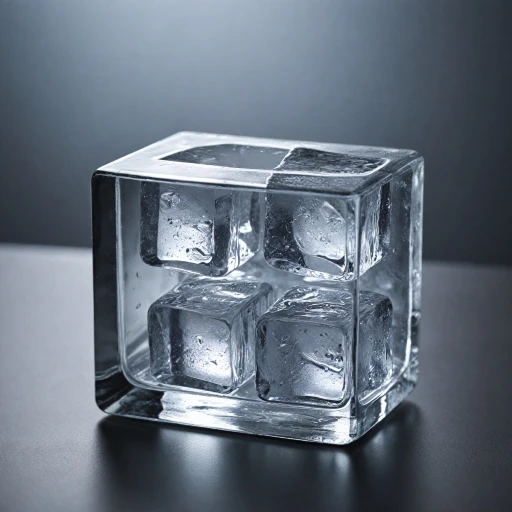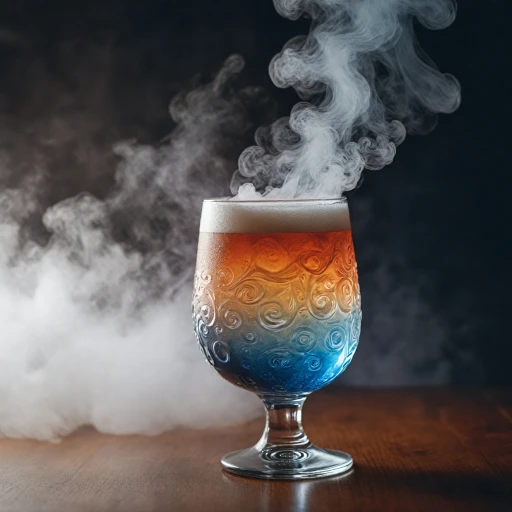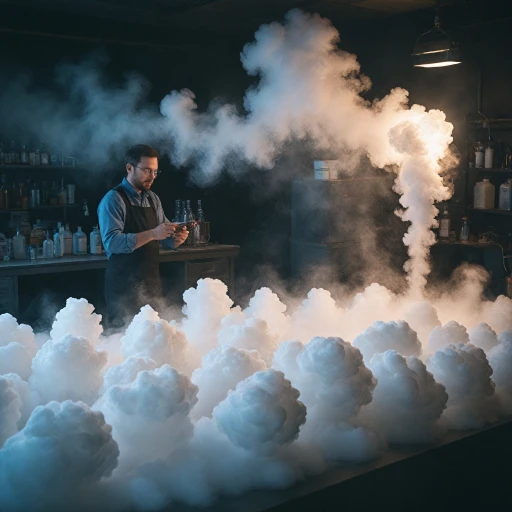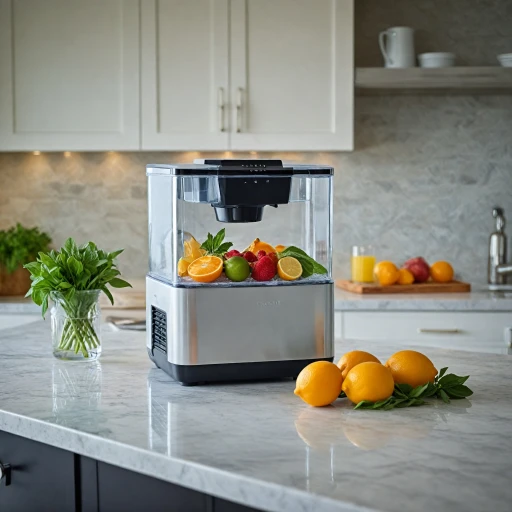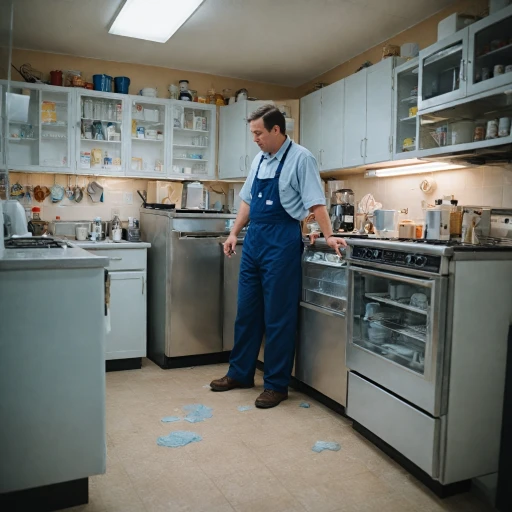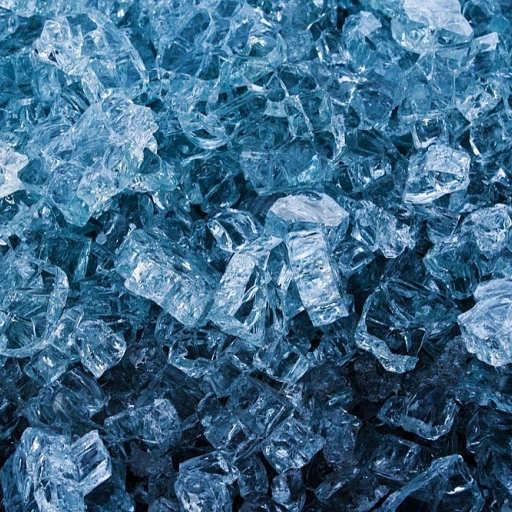
Understanding Common Issues
Identifying Frequently Encountered Problems
When your Kenmore ice maker isn't working as expected, it can be quite frustrating, especially if you're relying on it to fill your freezer with ice cubes. Common issues often stem from a few key areas, and understanding them can save both time and expense in the repair process. A primary concern could be the ice maker's water supply. The water inlet valve may be malfunctioning, causing inconsistency in the water flow to the ice maker. Without adequate water supply, the ice maker struggles to produce ice effectively. Another factor to consider is the temperature within the freezer. If the temperature isn't cold enough, the ice maker won't be able to freeze the water promptly. It’s crucial to ensure that the freezer is set to the recommended temperature for optimal performance. Some problems might come from the control panel or door switch of your Kenmore refrigerator. An incorrect setting or a faulty door switch can prevent the ice maker from operating correctly. Other components such as the condenser coils may also require attention. If these are dirty or obstructed, they can impact the overall cooling efficiency of your Kenmore elite refrigerator, affecting the ice maker's performance. Finally, issues with the water filter itself might be at fault. A clogged or outdated water filter can impede the appliance's ability to supply water efficiently to the ice maker, and you may need to check or replace it. For more specific troubleshooting methods concerning ice makers, you can explore this detailed guide. This resource offers in-depth solutions that might help address more intricate ice-making problems found in similar refrigerator models.Checking the Power Supply
Ensuring Proper Power Connection
A malfunctioning Kenmore ice maker might stem from issues with its power supply. Before diving into any appliance repair attempt, an initial step is to thoroughly check whether the ice maker is appropriately connected to a power source. Make sure the fridge is plugged in and that the outlet is delivering power. It's advisable to test the outlet with another appliance to confirm functionality.
Examining the Control and Door Mechanisms
Ensuring the proper operation of the control panel is crucial. The settings on the Kenmore refrigerator's control panel could have been accidentally altered, affecting the ice maker’s functionality. It's essential to confirm that the ice maker is set to the correct mode. Additionally, inspect the door switch, as a malfunctioning door mechanism might prevent the ice maker from working due to an incomplete circuit.
Investigating Temperature Conditions
The temperature inside the freezer compartment plays a significant role in how efficiently your Kenmore ice maker functions. If the freezer temperature is too high, it might prevent the ice making process. The ideal freezer temperature should be around 0°F (-18°C). Adjust the temperature settings accordingly to ensure optimal ice production.
Easy Fixes and External Influences
It’s also important to check for any tripped circuit breakers or blown fuses in your home's electrical panel, which could impact your refrigerator’s performance. Replacing any faulty components can often resolve the issue quickly. These efficient solutions for ice maker repair can save time and prevent further complications.
Inspecting the Water Line
Investigating the Water Supply Connection
When your Kenmore ice maker stops producing ice, it’s essential to examine the water supply line closely. Begin by ensuring that the refrigerator is placed with enough space behind it, as cramped spaces can kink the water line, obstructing the flow. If the line appears pinched, gently adjust it until it's straight and unobstructed. Next, check the water supply valve, usually located at the back of the refrigerator near the floor. Ensure it’s open and allowing water to pass through. A closed valve will prevent the ice maker from filling with water. After verifying the valve, inspect the water inlet valve. This component ensures proper water flow into the ice maker. If it's faulty, the ice maker won't fill correctly. To test, unplug the fridge and use a multimeter to check the valve for continuity. A lack of continuity signals it's time to replace the valve. For those unfamiliar with appliance repair, consider consulting a professional. Moreover, examine the fill tube for blockages. Ice or debris can clog the tube, stopping water from reaching the ice maker. Turn off the freezers’ water supply and detach the tube. Use warm water to melt any blockages, and clear any remaining debris gently. Ensure your refrigerator’s water filter is functioning effectively too. It filters impurities from the water before filling the ice maker. If it is clogged, replacing it will aid in restoring the ice-making process. For more detailed instructions on handling ice maker issues, you might find this guide on effectively cleaning your Euhomy ice maker helpful, as it covers some similar troubleshooting steps.Evaluating the Ice Maker Components
Assessing the Internal Components of Your Kenmore Ice Maker
To ensure your Kenmore ice maker is functioning optimally, it’s crucial to inspect its internal components. Begin with the ice maker's control panel. Verify that it's set to the correct settings and there's no visible damage. Next, examine the ice bin. Ensure it's positioned correctly within the freezer. Sometimes, a misaligned ice bin can prevent the maker from producing ice. Also, check for any obstructions like ice cubes trapped within the machine. This blockage can halt ice production and needs to be cleared promptly. The water fill tube is another area of concern. Confirm that it's free of ice blockages, as this can prevent water from reaching the ice maker. You might need to manually thaw it if frozen. Moving on, evaluate the temperature settings inside your Kenmore refrigerator. The freezer should ideally be set to around 0 degrees Fahrenheit. If the temperature is too warm, the ice maker might not function correctly. Inspect the water inlet valve and water supply line. These parts are essential for filling the machine with water. If there's a kink in the supply line or issues with the valve, you might find that the ice maker is not filling with water. Replacing these parts might be necessary should they show signs of wear. Lastly, be sure to keep the condenser coils clean. Dust and debris on the coils can lead to inefficient cooling, impacting ice production. Regular cleaning can prevent this issue. By systematically checking each of these components, you can often pinpoint the exact cause of any malfunction. If your Kenmore Elite refrigerator isn't making ice as it should, evaluating these areas carefully can lead to a successful appliance repair.Routine Maintenance Tips
Conducting Regular Maintenance
Regular maintenance can help prevent many issues and keep your Kenmore ice maker functioning smoothly. Here are several maintenance tips that could save you from future headaches with your appliance:- Clean the Water Filter: Regularly check the water filter in your Kenmore Elite refrigerator. Over time, filters can become clogged, impacting the water supply and subsequently reducing ice output in your maker.
- Inspect the Water Inlet Valve: Your refrigerator's water inlet valve should be free of any debris that may affect performance. If ice production issues persist, consider cleaning or replacing the valve.
- Monitor Condenser Coils: Dust and grime can accumulate on the condenser coils, affecting the fridge’s efficiency. Cleaning these coils can prevent temperature issues that often lead to ice maker problems.
- Examine the Ice Bin: Ensure the ice bin is free of blockages and positioned correctly. A misaligned bin can disrupt ice collection and stop the maker from working effectively.
- Check Fill Tubes: Over time, fill tubes can freeze or clog. Clearing these tubes will aid in maintaining a proper water supply, ensuring a continuous ice flow.
- Verify the Door Seals: The seals on your freezer and fridge doors must be tight to maintain the required temperature. This simple check aids in preventing the temperature fluctuations that can affect ice production.
- Routine Inspection of Components: It's a good practice to regularly inspect other components like the water dispenser and door switch to ensure they are functioning properly, avoiding unexpected repair needs.
When to Call a Professional
Recognizing When Expert Help is Needed
If you've gone through the previous checks and your Kenmore ice maker is still not working, it might be time to consider professional assistance. Sometimes, the issues can stem from more complex problems that require specific expertise to address. Here are a few scenarios where calling an appliance repair professional could be beneficial:- Persistent Water Supply Issues: If checking the water supply to your refrigerator hasn't resolved the issue, there could be a problem with the water valve or inlet valve that might need expert intervention.
- Repeated Electrical Failures: If the ice maker isn't getting power or is not responsive after ensuring all connections and power sources are secure, the control panel or related electrical components may need replacing.
- Complex Mechanical Problems: Malfunctions in the kenmore elite ice maker components, like the motor or gears, might not be easily fixable without professional tools and knowledge.
- Temperature and Thermostat Issues: Struggling to maintain proper freezer temperature can affect ice production, suggesting that refrigerator ice system parts, like the condenser coils, need expert assessment.
- Unresolvable Filter and Dispenser Malfunctions: If replacing the water filter or addressing issues with the water dispenser and ice bin doesn't restore functionality, a deeper inspection might reveal underlying issues.
-logo-retina.jpg)

